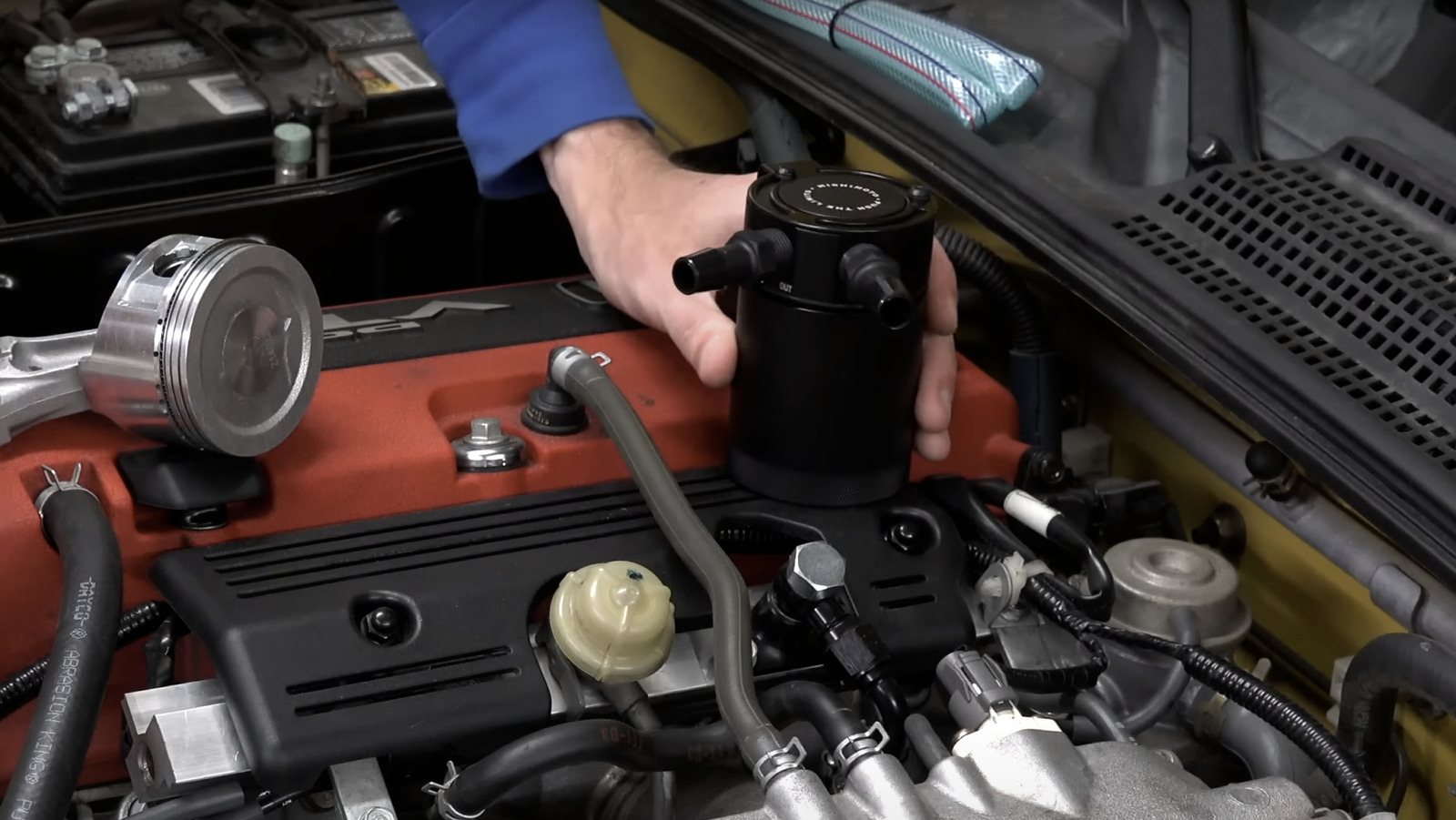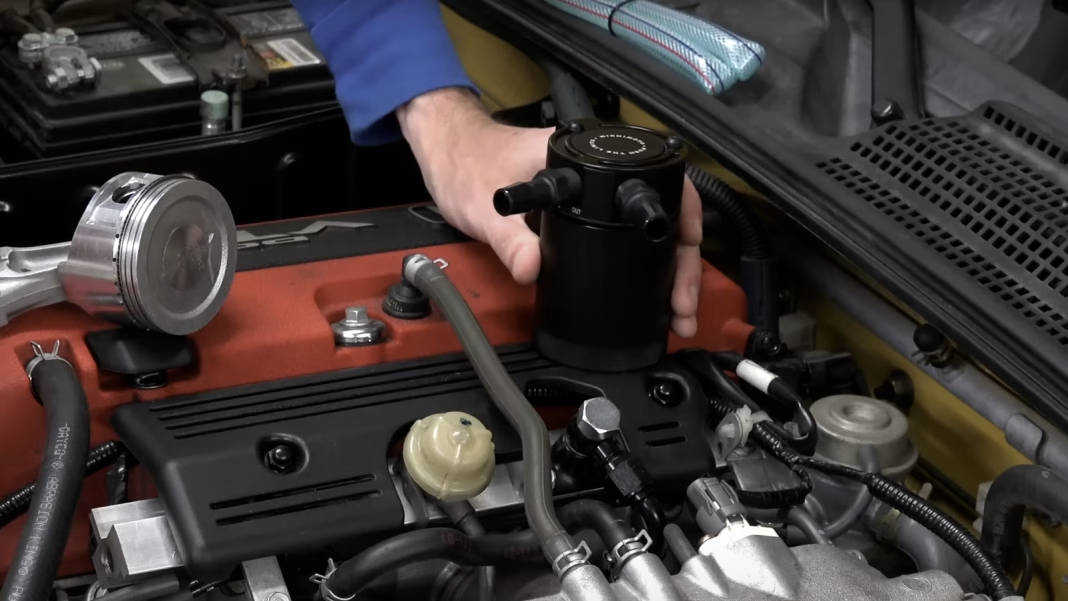Catch oil cans might not be the first thing that comes to mind when you think about car maintenance, but they’re worth a closer look. At first glance, they may seem like just another accessory designed to lighten your wallet. However, these little devices can actually save you money and extend the life of your engine. Let’s dive into what they are, how they work, and why they could be a smart investment for your vehicle.
What Exactly Is a Catch Can?
A catch can is a device that captures oil and other contaminants that would otherwise be recirculated back into your engine through the Positive Crankcase Ventilation (PCV) system. When your engine runs, it produces blow-by gases—essentially, unburned fuel and oil vapors that escape past the piston rings. These gases can lead to carbon buildup in the intake manifold, which can affect engine performance over time.
By installing a catch can, you’re intercepting these harmful substances before they can do damage. It’s a proactive measure that can keep your engine cleaner and more efficient.
How Can a Catch Can Save You Money?
You might be wondering how a relatively small device can lead to significant savings. Here are a few key points to consider:
1. **Reduced Maintenance Costs**: A cleaner engine means less frequent maintenance. If you can prevent carbon buildup, you’re less likely to face costly repairs down the line, such as intake cleaning or even engine rebuilds.
2. **Improved Fuel Efficiency**: When oil vapors mix with fuel in the combustion chamber, it can lead to incomplete combustion. This inefficiency can cause your engine to work harder, using more fuel. By keeping the intake system cleaner, a catch can helps maintain optimal fuel efficiency, saving you money at the pump.
3. **Enhanced Engine Longevity**: Engines that run cleaner tend to last longer. By preventing sludge and carbon buildup, you’re prolonging the life of critical components. This can save you from the hefty price tag of a new engine or major repairs.
Real-World Examples of Catch Can Benefits
Let’s look at a couple of scenarios where catch cans have made a noticeable difference.
Take the case of a performance car enthusiast who installed a catch can on their turbocharged vehicle. After just a few months, they noticed significantly less oil residue in the intake manifold. This not only improved throttle response but also reduced the frequency of maintenance checks. The initial investment in the catch can paid off quickly as they avoided costly repairs.
Another example is a daily driver that experienced rough idling and decreased fuel efficiency. After installing a catch can, the owner reported smoother operation and a noticeable improvement in gas mileage. This translated to savings at the pump, making the catch can a worthwhile addition.
Are There Any Downsides?
While the benefits are compelling, it’s important to consider potential downsides. Some catch cans require regular maintenance, such as emptying the collected oil. If you’re not diligent about this, it could lead to issues. Additionally, installation can be a bit tricky, especially for those who aren’t mechanically inclined. However, many find that the benefits outweigh these minor inconveniences.
Making the Decision: Is a Catch Can Right for You?
If you’re someone who values engine performance and longevity, a catch can could be a smart addition to your vehicle. It’s particularly beneficial for those who drive turbocharged or high-performance engines, where the risk of oil contamination is greater.
Before making a purchase, consider your driving habits and the type of vehicle you own. If you frequently push your car to its limits or if you simply want to ensure your engine stays in top shape, investing in a catch can might be one of the best decisions you make.
The big takeaway? A catch can isn’t just a gimmick—it’s about smarter adjustments. Start with one change this week, and you’ll likely spot the difference by month’s end. Your engine will thank you for it!


